The Amazon jungle is a world teeming with life. It’s a place where evolution has run wild, creating a dizzying array of creatures.
Each animal in this vast ecosystem has its own unique set of adaptations. These adaptations help them survive in one of the most biodiverse places on Earth.
From the jaguar, the jungle’s apex predator, to the slow-moving sloth, each creature has a story to tell. Their adaptations are a testament to the power of natural selection and the diversity of life.
In this article, we’ll delve into the fascinating world of Amazon jungle animals. We’ll explore their unique adaptations and how they’ve evolved to thrive in their environment.
We’ll also discuss the threats these animals face and the conservation efforts in place to protect them. The Amazon is a treasure trove of biodiversity, but it’s also under threat.
So, join us on this journey into the heart of the Amazon. Let’s discover the incredible adaptations of its inhabitants and learn how we can help protect this vital ecosystem.
Prepare to be amazed by the resilience, ingenuity, and sheer diversity of Amazon jungle animals. Welcome to the green abyss, where every creature is a testament to the wonders of nature.

The Amazon jungle spans over 5.5 million square kilometers. It stretches across nine countries, forming an immense wilderness. It is a haven for an estimated 10% of the world’s known species.
This rainforest is a critical component of Earth’s climate system. It produces 20% of the world’s oxygen, earning its nickname “the lungs of the planet.” The dense canopy acts as a global carbon sink, mitigating climate change.
The biodiversity here is staggering. There are over 2,000 species of fish in the Amazon River alone. This river serves as the lifeblood of the rainforest, supporting countless life forms.
Such ecological richness doesn’t come without challenges. Deforestation and human encroachment threaten this irreplaceable ecosystem. The balance between conservation and development is crucial for the future of these rainforests.
Preserving the Amazon is not just about saving a forest. It’s about safeguarding an entire network of life. Each plant and animal has a role, keeping the ecosystem functioning and supporting global biodiversity.
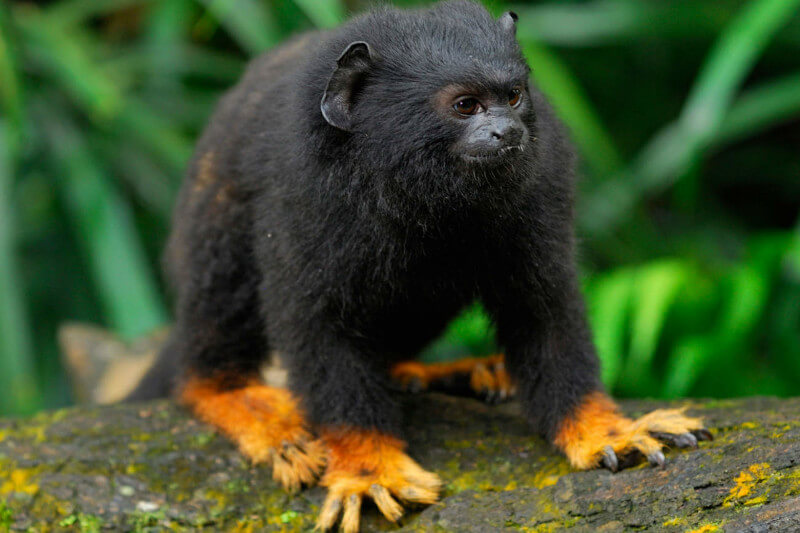
Amazon jungle animals face unique challenges. Adapting to this diverse environment requires remarkable survival tactics. Each species has honed specific skills to thrive amidst dense foliage.
Predators like the jaguar wield powerful jaws. These allow them to pierce the armored shells of turtles with ease. Such adaptations maintain their status as apex predators.
Insects play critical roles here. Leafcutter ants, for example, cultivate fungus for food. This showcases complex social structures and mutual dependencies.
Birds like macaws have evolved strong beaks. These are perfect for cracking nuts and seeds, vital for their diet. Their vibrant colors also aid in communication and mate selection.
Amphibians exhibit remarkable adaptations. Poison dart frogs are equipped with toxic skin. This trait effectively deters predators, ensuring their survival in a competitive habitat.
The river provides another realm of adaptation. Pink river dolphins use echolocation to navigate murky waters. This adaptation is crucial for hunting and avoiding obstacles.
Invisibility in the vibrant jungle is a valuable trait. Many animals have evolved to blend into their surroundings. Camouflage aids both predators and prey in the dense undergrowth.
The glass frog exemplifies this adaptation. With its transparent skin, it remains hidden from predators. This natural concealment strategy offers a significant advantage.
Among insects, camouflage is prevalent. Stick insects resemble twigs, easily overlooked by predators. This allows them to evade danger in plain sight.
Color patterns also serve as effective camouflage. The jaguar’s spots provide excellent cover in dappled light. This allows it to approach prey unnoticed until the final ambush.
Some Amazon jungle animals are creatures of the night. Nocturnality offers them respite from daytime heat and predators. Many have adaptations enhancing their night vision and stealth.
The ocelot thrives in darkness. It moves silently, hunting rodents and small mammals. This nocturnal lifestyle reduces competition with diurnal predators.
Bats are another nocturnal marvel. They employ echolocation for navigation and hunting at night. This adaptation allows them to feed on insects undetected.
The night also belongs to certain insects. Moths, with their muted colors, flutter through the shadows. They evade predators and assist in pollination under the moonlight.
The Amazon River is a bustling ecosystem. Its waters host a myriad of specialized species. Aquatic adaptations are crucial for survival in these flowing habitats.
The anaconda is an aquatic hunter. It lurks beneath the water, waiting to ambush unsuspecting prey. Its keen sense of smell aids in detecting potential targets.
Electric eels possess a unique adaptation. They generate electric shocks to stun prey or ward off threats. This ability provides a significant hunting advantage.
Fish, too, are marvels of adaptation. The arapaima can breathe air, a necessity in oxygen-poor waters. This adaptation ensures survival even when submerged conditions change.
The rainforest canopy is a world unto itself. It teems with life that rarely descends to the forest floor. Arboreal adaptations allow animals to navigate this complex habitat.
The harpy eagle reigns supreme in the canopy. Its incredible eyesight and strong talons allow it to hunt monkeys. Its mastery of the treetops marks it as a formidable predator.
Tamarin monkeys have adapted beautifully. Their agile limbs and specialized teeth suit their lifestyle. These features help them in climbing and feeding on tree gum.
Sloths make the canopy their dwelling. Their slow metabolism conserves energy, and their limbs allow effortless hanging. Such adaptations offer them protection from predators below.
Diet is a key factor in survival. Many animals have developed specialized diets, optimizing available resources. These dietary adaptations are critical for thriving in varied habitats.
Macaws illustrate dietary specialization. Their strong beaks crack hard nuts, crucial in lean seasons. This dietary adaptation sets them apart from other frugivores.
Leafcutter ants practice farming. They cultivate specific fungi as a food source, unheard of among other ant species. This specialization ensures sustenance amid scarcity.
The enigmatic poison dart frog relies on ants and small insects. Their toxin derives from their diet, a fascinating biological process. This adaptation is a testament to their ecological niche.
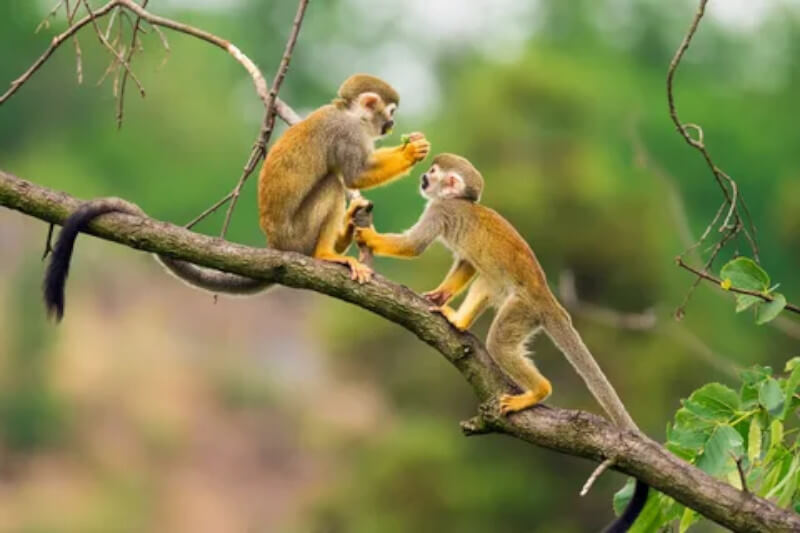
The Amazon jungle boasts a cast of remarkable creatures. Each species reflects the unique biodiversity of this region. These iconic inhabitants play vital roles in maintaining ecological balance.
From stealthy predators to vibrant birds, each animal fascinates in different ways. Understanding their adaptations enhances our appreciation of their complex ecosystems. Here is the amazon jungle animals list.
Jaguars are the largest cats in the Americas. With powerful jaws, they pierce through turtle shells effortlessly. Their strength and stealth make them formidable hunters.
Their camouflage spots blend with the forest floor. This allows them to stalk prey undetected. Their adaptability and hunting skills preserve their apex status.
Sloths are champions of conserving energy. Their slow-paced lifestyle aids in evading predators. Camouflaged by green algae, they seamlessly merge with the canopy.
This strategy minimizes movement, reducing visibility to threats. Surviving on a low-calorie diet, sloths exemplify the beauty of evolutionary adaptation.
Macaws, with their vivid plumage, captivate onlookers. Their powerful beaks crack open hard nuts, a crucial survival skill. These resourceful birds exhibit complex social behaviors.
Their loud calls echo through the jungle, signaling danger or interaction. Social bonds within flocks strengthen survival chances and foraging success.
Poison dart frogs, despite their small size, are deadly. Their brightly colored skin serves as a warning to predators. These frogs produce toxins from their insect diet.
Their vibrant colors and potent defense mechanisms deter threats. This fascinating adaptation highlights the jungle’s complex evolutionary arms race.
The harpy eagle commands the Amazon canopy. With talons strong enough to snatch monkeys, they dominate their territory. Keen eyesight aids in spotting prey from great distances.
These magnificent birds symbolize power and grace. Their survival depends on healthy forests, underlining the need for conservation.
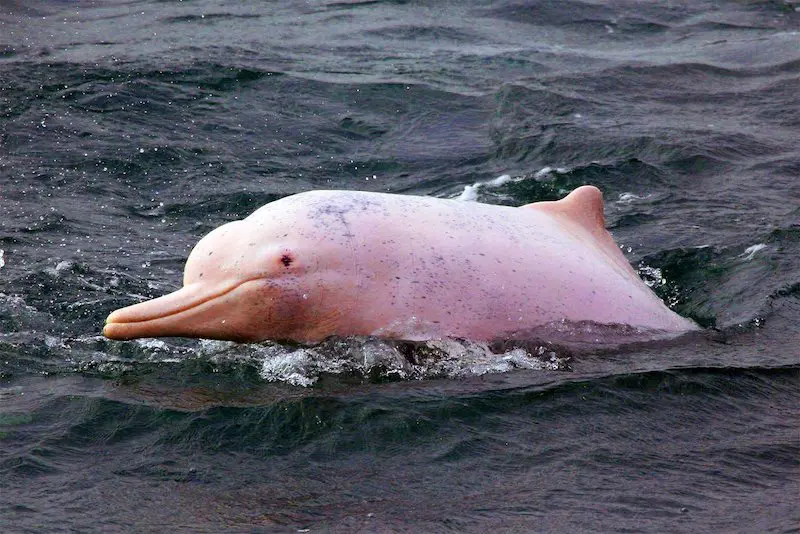
Pink river dolphins charm with their intelligence and curiosity. Inhabiting murky waters, they rely on echolocation for navigation. This adaptation is crucial for hunting in low visibility.
Their playful nature and unique adaptations make them a symbol of the Amazon’s diverse river life. Conservation efforts protect these fascinating creatures.
Anacondas are among the world’s largest snakes. Their aquatic prowess makes them effective hunters in water. They ambush prey with stealth and power.
These reptiles exemplify the jungle’s hidden dangers. Their presence underscores the diverse life forms thriving in Amazon waterways.
The capybara is the world’s largest rodent. Its semiaquatic lifestyle suits the Amazon’s waterways. Despite its size, it remains a gentle creature of the wetlands.
Capybaras thrive in herds, benefiting from social protection. Their docile nature and adaptability highlight the rich diversity of rainforest animals.
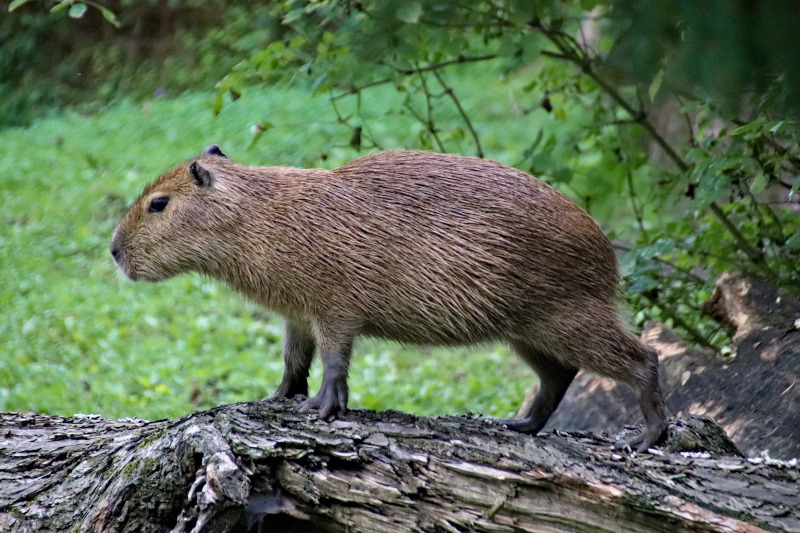
The Amazon rainforest, with its incredible biodiversity, faces significant threats. Deforestation tops the list, as logging and agriculture claim vast areas. This loss of habitat endangers countless species.
Climate change compounds these threats, altering habitats and weather patterns. Many animals struggle to adapt to these rapid changes. As temperatures rise, the ecosystem’s balance shifts.
Illegal wildlife trade poses another challenge. Exotic animals are often captured and sold unlawfully. This practice disrupts populations and threatens species with extinction.
Conservation efforts work to mitigate these dangers. Protected reserves aim to safeguard critical habitats. Local communities and governments collaborate on preservation strategies.
Raising awareness is crucial for success. Educating the public about biodiversity helps garner support. Advocacy for policy change leads to stronger conservation measures.
Eco-tourism can be a powerful ally for conservation. Visitors drawn to see Amazon jungle animals support local economies. This can reduce reliance on activities harmful to the environment.
Responsible eco-tourism raises awareness of the need to protect habitats. It encourages sustainable practices within local communities. Education on ecological importance enhances visitor experience.
However, managing eco-tourism is vital to avoid adverse impacts. When done well, it benefits wildlife and people alike. Supporting conservation projects becomes a key part of the industry.
There are many ways individuals can aid Amazon conservation. Supporting reputable conservation organizations is a great start. These groups work on the ground to protect habitats and species.
Reduce personal consumption of products contributing to deforestation. Look for sustainably sourced goods, avoiding those that harm the rainforest. Conscious consumer choices make a significant impact.
Spread awareness about the importance of Amazon wildlife. Share information through social networks to educate others. Collective effort builds a stronger movement for change.
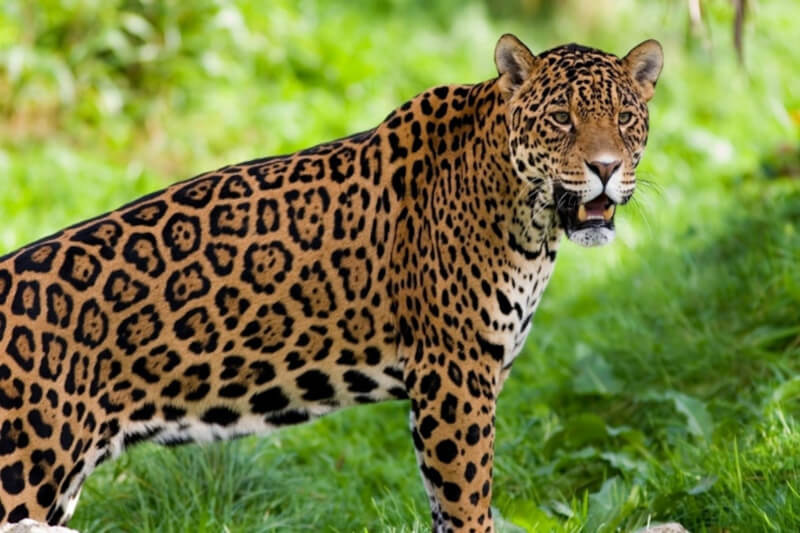
The future of Amazon jungle animals hangs in a delicate balance. Conservation efforts and sustainable practices offer a glimmer of hope. Yet, ongoing threats from human activities demand urgent attention.
Our actions today will shape their tomorrow. Protecting this incredible ecosystem is a shared responsibility. By acting now, we preserve the Amazon’s rich biodiversity for future generations.
If you got any questions, please do not hesitate to send us a message. We reply within 24 hours!
+51 900 394 399
info@biomanuexpeditions.com
reservas@biomanuexpeditions.com
